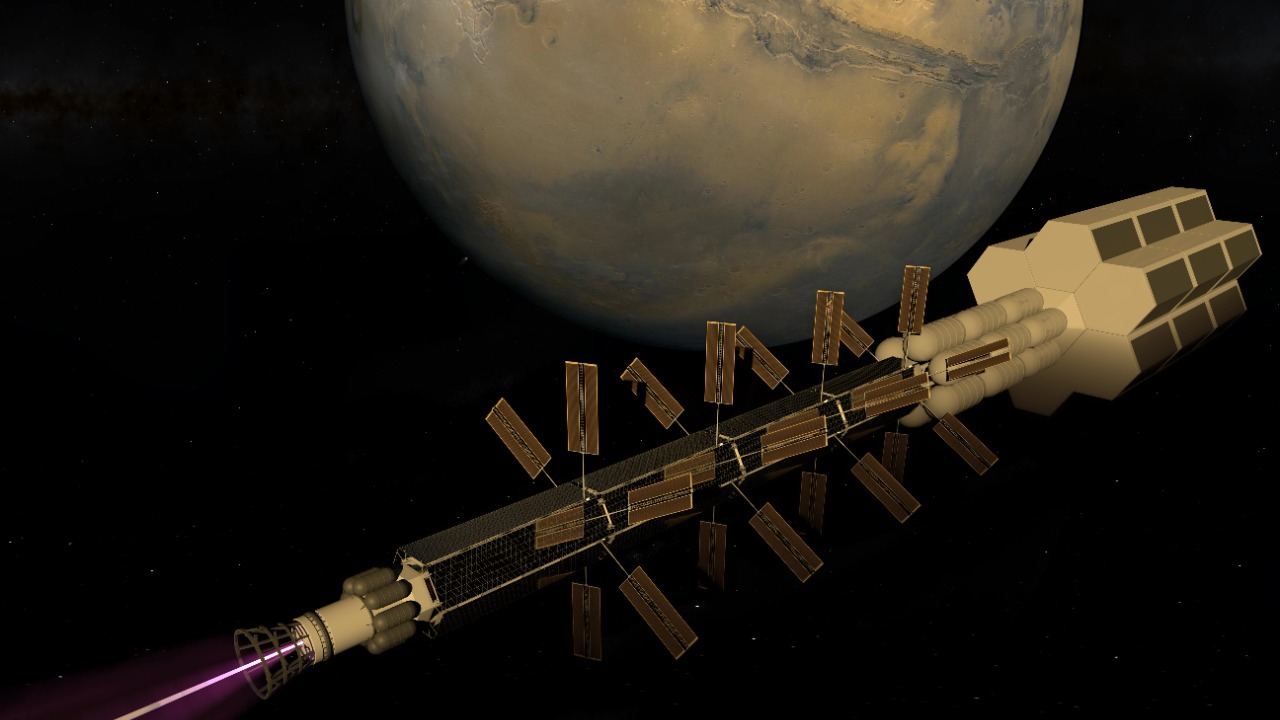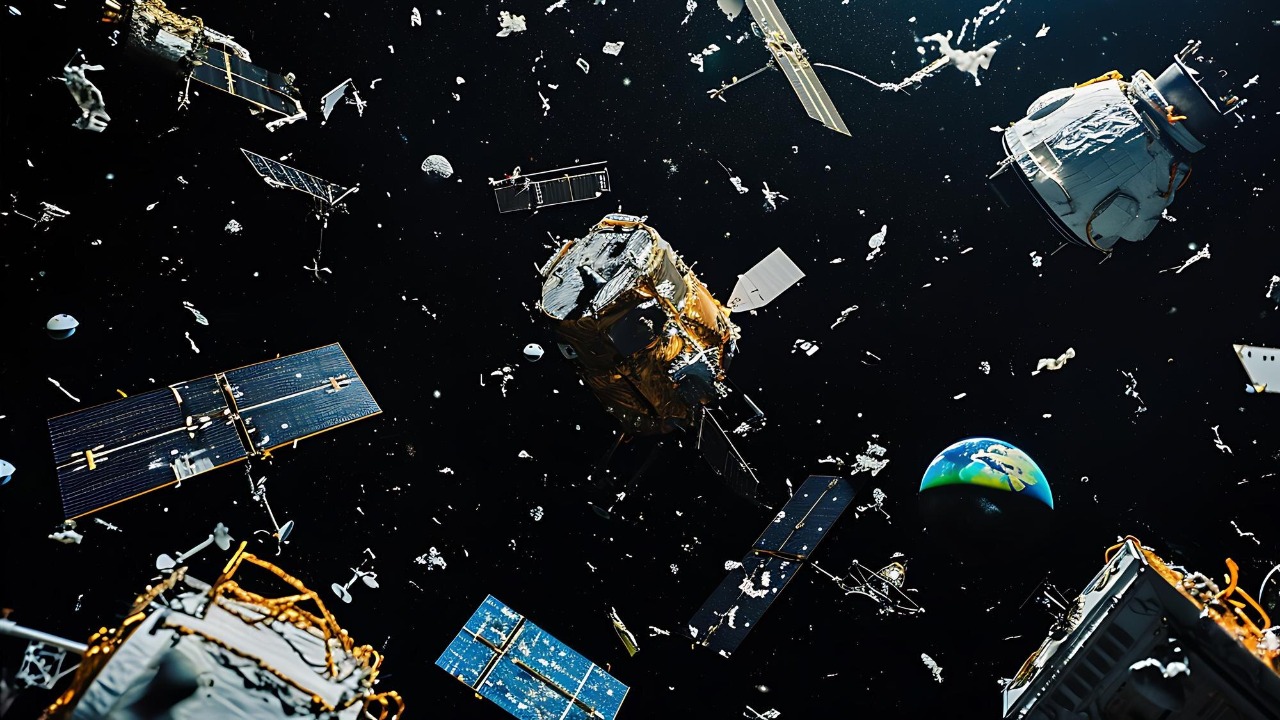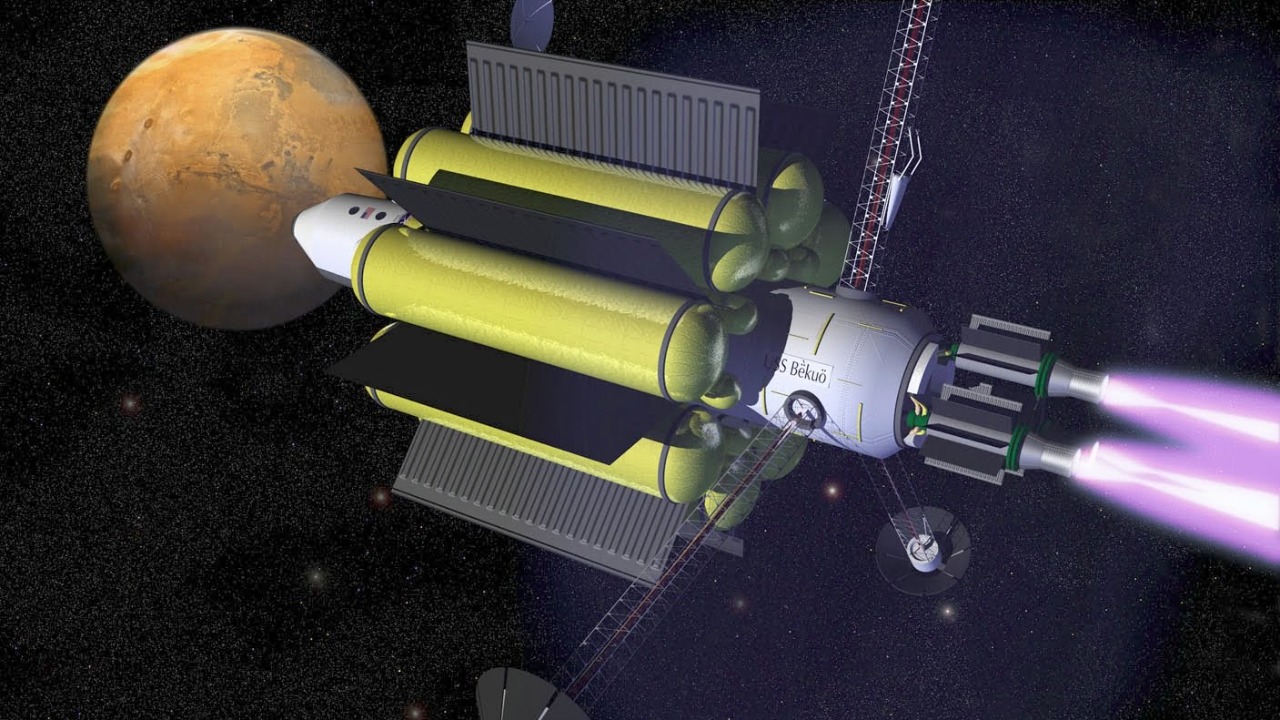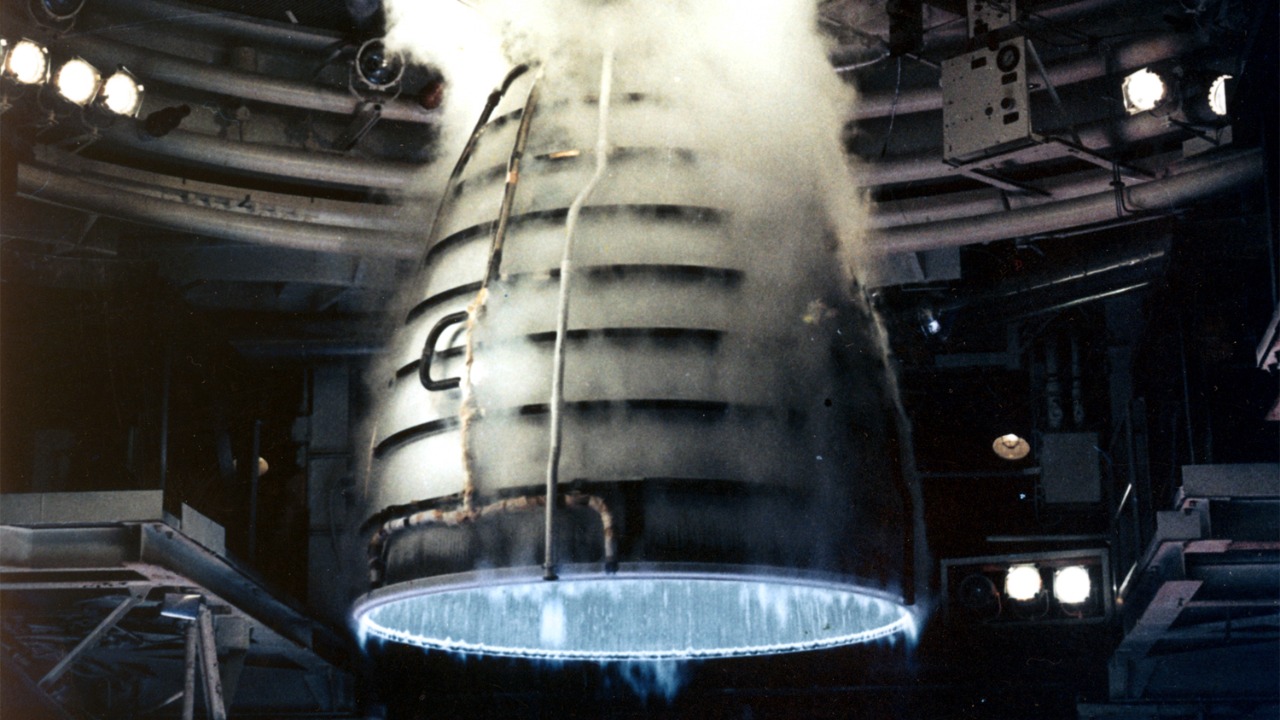
Japan has developed a groundbreaking fusion-powered plasma thruster, setting a new record for power, which aims to tackle the growing issue of space junk. This innovative technology signifies a major advancement in space debris cleanup, marking a significant milestone in Japan’s space exploration efforts. [Source]
The Problem of Space Junk

The accumulation of space debris has become a pressing issue, posing significant risks to satellites and space missions. Thousands of defunct satellites, spent rocket stages, and fragments from disintegration, erosion, and collisions orbit the Earth, creating a hazardous environment for operational spacecraft. This debris can travel at speeds up to 28,000 kilometers per hour, making even small pieces potentially destructive.
Current estimates suggest that there are over 100 million pieces of debris smaller than 1 cm, about 500,000 pieces between 1 and 10 cm, and approximately 23,000 pieces larger than 10 cm orbiting Earth. These numbers are expected to grow as more satellites are launched, increasing the likelihood of collisions and further debris generation. The implications for global space operations are severe, necessitating effective cleanup solutions to ensure the safety and sustainability of space activities.
Japan’s Technological Innovation

Japan’s development of a fusion-powered plasma thruster represents a significant leap forward in space debris removal technology. This thruster, which has set a new record for power, utilizes advanced plasma propulsion to potentially clear debris from orbit. The technology behind plasma thrusters involves the acceleration of ionized gas, or plasma, to generate thrust, offering a highly efficient means of propulsion in the vacuum of space.
By achieving record power levels, Japan positions itself at the forefront of space debris removal efforts. The thruster’s capabilities could enable more effective and efficient cleanup missions, reducing the risk of collisions and contributing to the long-term sustainability of space operations. However, further development and testing are necessary before the thruster can be operationally deployed in space debris cleanup missions. [Source]
The Role of Fusion Power

Fusion power offers significant advantages over traditional propulsion methods in space technology. Unlike chemical propulsion, which relies on the combustion of fuel, fusion power harnesses the energy produced by fusing atomic nuclei, providing a more efficient and sustainable energy source. This efficiency is crucial for long-duration missions and operations in space, where fuel resupply is not feasible.
The integration of fusion power into the plasma thruster enhances its efficiency and effectiveness, potentially allowing for longer operational lifespans and greater thrust capabilities. Beyond space debris cleanup, fusion-powered thrusters could revolutionize space travel, enabling faster and more efficient missions to distant destinations within our solar system and beyond.
Fusion power is not only a game-changer for propulsion but also offers environmental benefits. Unlike traditional chemical rockets that emit greenhouse gases, fusion-powered systems produce minimal waste, aligning with global efforts to reduce carbon footprints. This aspect of fusion technology makes it an attractive option for sustainable space exploration, potentially reducing the environmental impact of launching and operating spacecraft.
Moreover, the development of fusion technology for space applications could have spillover effects on terrestrial energy production. Advances in fusion research driven by space exploration needs might accelerate the realization of fusion power plants on Earth, offering a clean and virtually limitless energy source. This dual benefit underscores the transformative potential of fusion technology both in space and on our planet.
Global Impact and Future Implications

Japan’s development of a powerful plasma thruster could have significant implications for international space policies and cooperation in debris management. As space becomes increasingly congested, the need for collaborative efforts to address space debris grows. Japan’s innovation may inspire other countries and space agencies to adopt similar technologies, fostering a more coordinated approach to space debris mitigation.
The successful implementation of such technologies could yield long-term benefits for space exploration and satellite operations. By reducing the risk of collisions and ensuring the sustainability of space activities, these advancements could pave the way for more ambitious space missions and the continued growth of the space industry.
The introduction of Japan’s plasma thruster technology could also influence the commercial space sector. As private companies increasingly participate in space activities, the demand for effective debris management solutions is likely to rise. Japan’s innovation could lead to new business opportunities in space debris removal services, potentially creating a new market segment within the space industry. This development could drive economic growth and technological advancements, further integrating space activities into the global economy.
Furthermore, the successful deployment of fusion-powered thrusters might encourage international regulatory bodies to establish new guidelines and standards for space debris mitigation. This could lead to more stringent requirements for satellite operators and launch providers, promoting responsible behavior in space and ensuring the long-term sustainability of space operations. Such regulatory changes could foster a safer and more cooperative space environment, benefiting all stakeholders involved.
Challenges and Future Developments

Despite the promising potential of Japan’s plasma thruster, several technical and logistical challenges remain. The deployment and operation of the thruster in space require rigorous testing and validation to ensure its reliability and effectiveness. Additionally, the integration of fusion power into space propulsion systems presents engineering challenges that must be addressed through continued research and development.
Future improvements or upgrades to the plasma thruster technology could enhance its performance and expand its applications. Continued innovation and investment in space cleanup technologies are essential to overcoming these challenges and realizing the full potential of fusion-powered propulsion in space exploration and debris management.
Another challenge facing the implementation of fusion-powered thrusters is the need for international collaboration. Space debris is a global issue, and its effective management requires cooperation among nations. Japan’s advancements could serve as a catalyst for joint efforts in research and development, leading to shared technologies and strategies for debris mitigation. Collaborative initiatives could also help distribute the costs and risks associated with deploying new technologies, making them more accessible to a broader range of countries.
In addition to technical hurdles, there are policy and legal considerations to address. The deployment of new technologies in space must comply with international treaties and agreements, such as the Outer Space Treaty. Ensuring that fusion-powered thrusters adhere to these legal frameworks will be crucial for their acceptance and widespread use. As the technology matures, ongoing dialogue among policymakers, scientists, and industry leaders will be essential to navigate these complex issues and facilitate the safe and effective use of fusion propulsion in space.